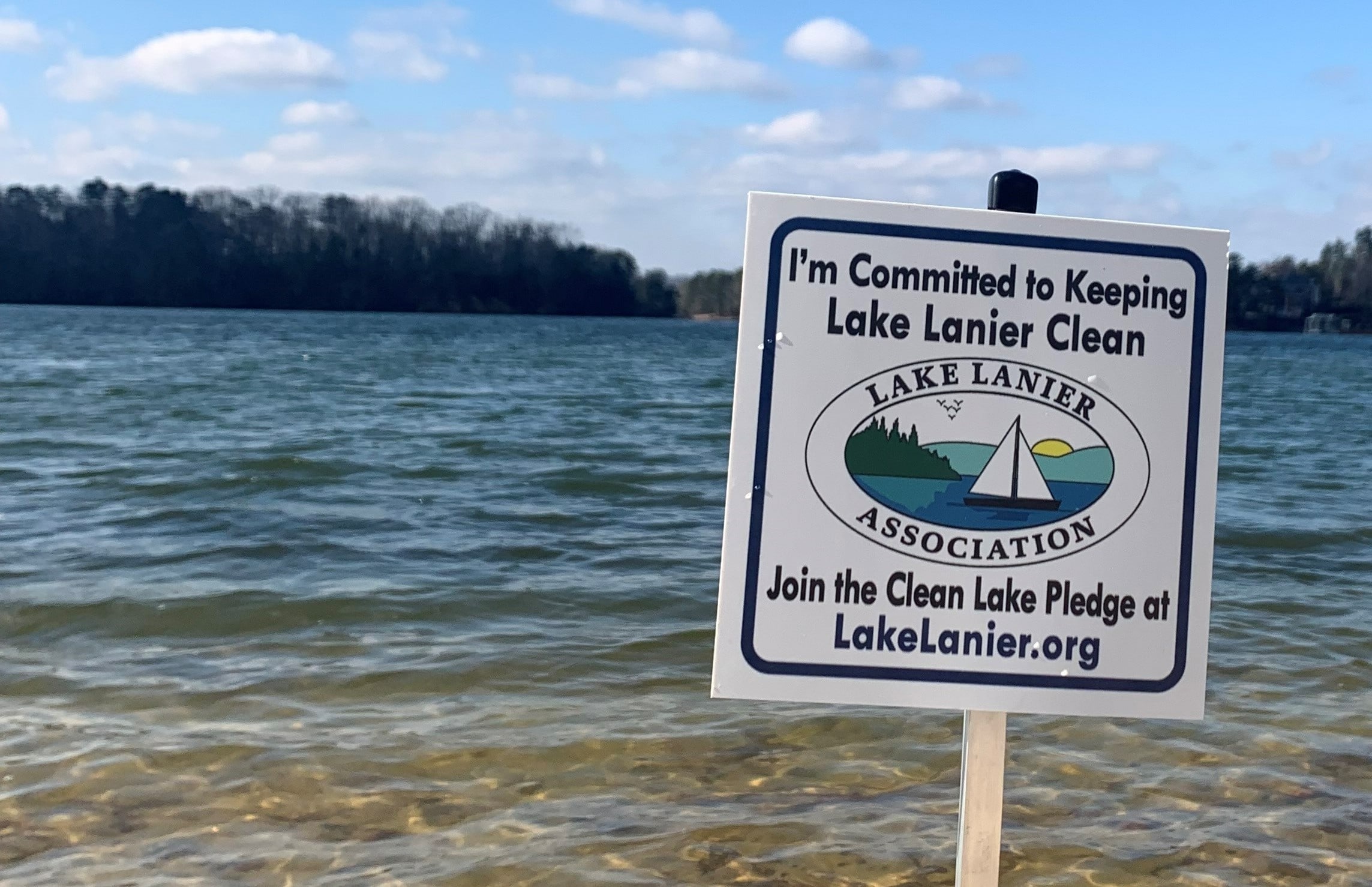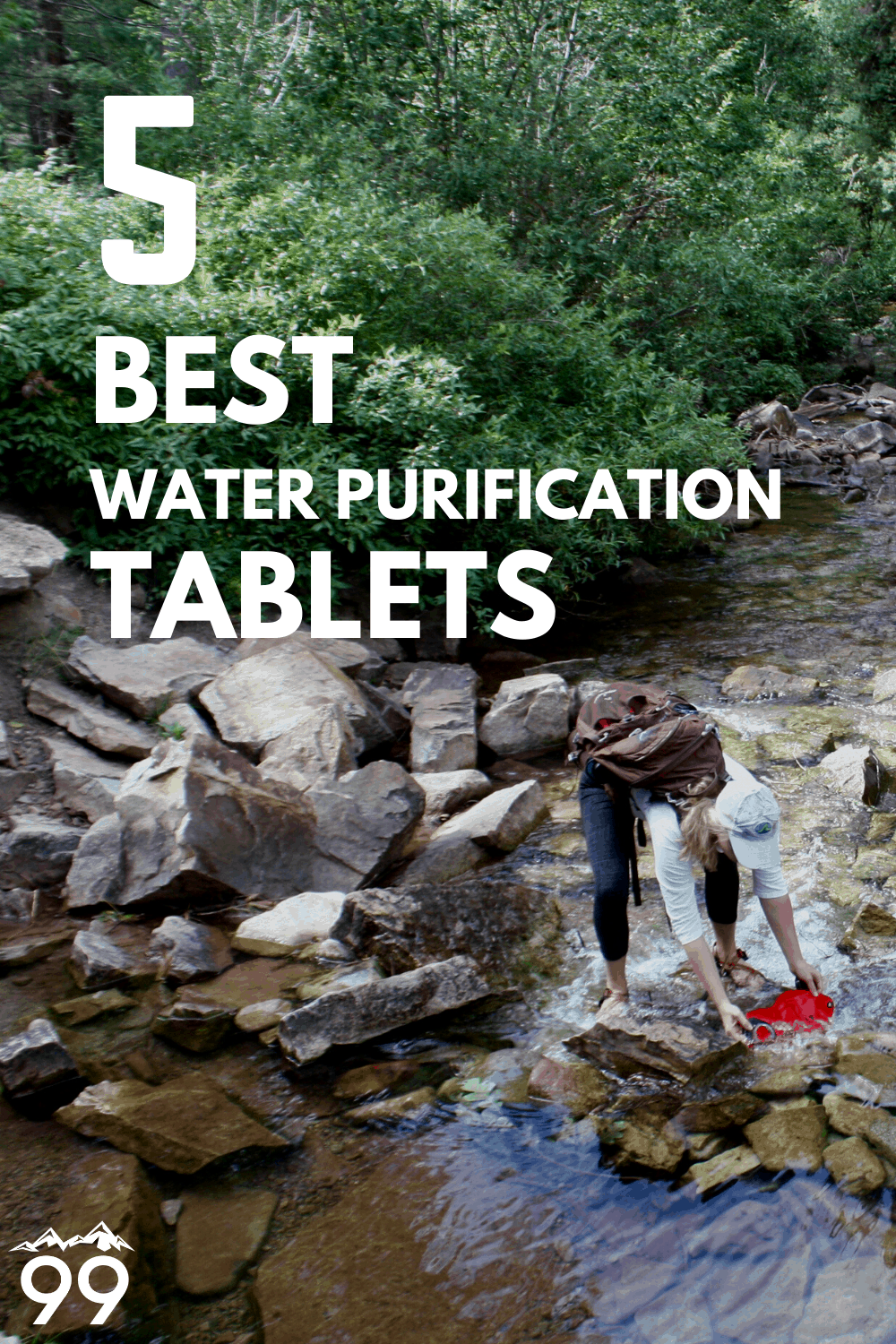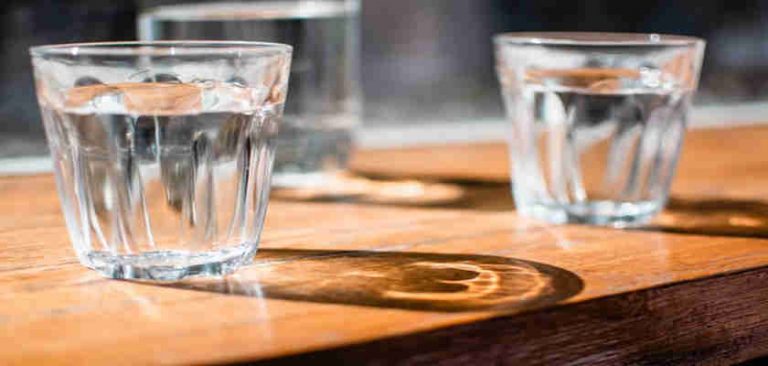Lakes are vital natural resources that provide drinking water, support aquatic ecosystems, and offer recreational opportunities. However, human activities can pollute lakes, leading to various problems such as algal blooms, fish kills, and habitat degradation. Cleaning a lake involves addressing these pollution sources and implementing restoration measures to improve water quality and restore the lake’s natural ecosystem.

Identifying Pollution Sources:

- Conduct a thorough assessment of the lake to identify pollution sources. This may include industries, agricultural runoff, sewage treatment plants, stormwater runoff, and septic tank systems.
- Monitor water quality parameters such as dissolved oxygen, pH, nutrient levels, and bacterial contamination to determine the extent of pollution.
Reducing Nutrient Inputs:

- Implement measures to reduce nutrient inputs from agricultural runoff, which is a major contributor to lake pollution. This can be achieved through improved farming practices, such as reducing fertilizer use, implementing soil conservation measures, and creating buffer strips along waterways.
- Upgrade or expand wastewater treatment plants to reduce nutrient discharges into the lake. Implement proper disposal methods for septic tank waste to prevent contamination of groundwater and surface water.
Controlling Stormwater Runoff:
- Develop and implement stormwater management plans to reduce runoff from impervious surfaces such as roads, parking lots, and rooftops.
- Install green infrastructure, such as rain gardens, bioswales, and permeable pavements, to capture and filter stormwater before it enters the lake.
- Encourage the use of low-impact development techniques to minimize runoff and protect water quality.
Restoring Habitat:
- Restore riparian zones, which are the areas along the shoreline, to improve water quality and provide habitat for wildlife. Plant native vegetation, stabilize eroding banks, and create natural buffers between the lake and developed areas.
- Install fish habitat structures, such as brush piles and artificial reefs, to provide cover and spawning areas for fish.
Public Education and Engagement:
- Educate the public about the importance of protecting water quality and preventing pollution. Encourage responsible behavior, such as proper disposal of waste, reducing fertilizer use, and maintaining septic systems.
- Engage local communities in lake cleanup and restoration efforts. Organize volunteer events, educational programs, and community-based initiatives to raise awareness and promote stewardship.
Long-Term Monitoring and Adaptive Management:
- Establish a long-term monitoring program to track water quality and assess the effectiveness of restoration measures.
- Conduct regular monitoring of key water quality parameters and biological indicators to assess the health of the lake ecosystem.
- Implement adaptive management strategies to adjust restoration efforts based on monitoring results and changing conditions.
By addressing pollution sources, implementing restoration measures, and engaging the community, it is possible to clean a lake and restore its natural ecosystem. This can improve water quality, protect aquatic life, and enhance recreational opportunities, ensuring the long-term health and sustainability of the lake.










